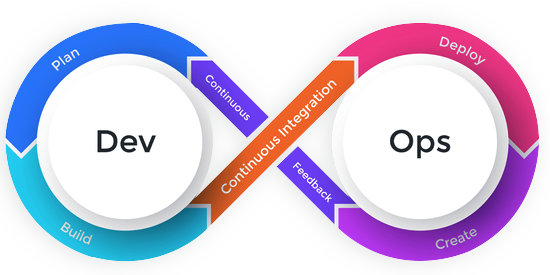Today’s business needs to be able to adapt quickly to changing markets and scale on demand to meet customer needs. To do so, they require not just technology but agility. This is why DevOps is such a popular operational model for businesses that are undergoing transformation. DevOps brings together people, processes and technology to enable the continuous delivery of customer value. The model facilitates collaboration and ensures software development and IT teams can focus on customer and business needs.
It’s a significant change from traditional IT practices, where technical specialists operate in silos. Today’s modern organisations work collaboratively and use DevOps to improve time to market in a stable and secure way. Of course, in order to achieve all of this, DevOps needs to be adopted in the right way. DevOps is more than just a technology trend; it’s a cultural shift. By following best practices, you can ensure a smoother adoption from the outset and quickly realise the benefits DevOps has to offer.
What is DevOps?

What Are the Benefits of DevOps?
While adopting a DevOps model requires a complete rethink of corporate structures and processes, it’s well worth the investment. Organisations that adopt DevOps culture, practices and tools can become more efficient, build better products faster and better serve their customers. What’s more, the collaboration and productivity improvements can help to realise some key business objectives:
- Faster time to market – organisations can get software products to market faster and immediate feedback enables them to make essential adjustments promptly.
- Higher levels of automation – by automating a large number of central procedures, the entire development cycle is faster. Moreover, eliminating the need for manual labour in time-consuming and repetitive jobs means teams can focus on new projects and business growth.
- Ability to adapt to market changes – testing, deployment and maintenance are all handled together, enabling teams to respond to market changes and business requirements quickly.
- Improved innovation – by coordinating the efforts of many teams, fresh ideas and perspectives can be gained at the same time as creating a more harmonious and efficient working environment.
- System stability and reliability – having input and collaboration from all technical disciplines leads to a more secure, stable and high-quality product. The improved quality has a direct impact on software stability
- Reduce Mean Time to Recover – not only is the change failure rate reduced with DevOps, but the time taken to detect a failure and get the system into a fully working state again is also reduced thanks to good monitoring and observability
Best Practices to Ensure DevOps Success
While the advantages of a DevOps approach are clear, implementing a new organisational-wide model isn't always an easy task. Fortunately, there are DevOps best practices that can be followed to help improve the transformation. When adopting a DevOps model, best practices can help to establish collaboration and transparency across operational and development teams. By implementing the following best practices throughout the application lifecycle, you can accelerate processes and improve productivity:
1. Agile Software Development
Agile software development is an interactive approach that focuses on team collaboration, user feedback and high ability to change through short release cycles. Instead of working for a single release date, work is delivered in smaller increments. This allows results to be continuously evaluated and changes and improvements to be continually made to improve the product outcome.
2. Continuous Integration
Continuous integration (CI) is a key DevOps practice that involves regularly integrating small batches of code from multiple contributors into a central code repository. CI enables developers to collaborate more efficiently, and regular feedback leads to the development of high-quality software. Each small change to the code is validated with automated builds and tests, enabling early error detection and improved code quality.
3. Continuous Deployment
Continuous deployment (CD) is an extension of continuous integration, which enables every small batch of change to the code to be deployed automatically in the production environment. CD is performed from staging to production and helps reduce the time between the identification of new features and their deployment. It offers an easy and automated method to push code to production, reduces manual effort and lowers the risk of deploying new code. Approvals on production deployment from stakeholders helps to avoid any accidental code-pushing from the code repository and makes it more organizational.
4. Automated Testing
Automated tests are a fundamental part of the CI/CD pipelines and remove the reliance on manual labour to test code, a time-consuming process. Instead, automated tests run on every small change that is introduced. By increasing the frequency and number of tests, there is less chance of bugs being introduced to production systems. Tests will vary depending on the system in question but they all allow developers to fix problems during the development process as they arise.
5. Version Control
The practice of managing code in versions and tracking revisions and changes forms another vital part of a DevOps model. Version control systems enable multiple developers to collaborate in authoring code and provide a clear process to merge code changes that happen in the same files and handle conflicts. Version control helps development teams to work together more efficiently, dividing coding tasks between team members and storing all code for easy recovery if required.
6. Infrastructure as Code
Infrastructure forms an integral part of software development and should be treated in the same way as application code. Infrastructure as code defines system resources in a descriptive way that allows for more effective management. In this way, best practices such as version control and CI/CD can be incorporated into infrastructure too. By practising infrastructure as code, teams can deploy resources in a reliable, repeatable and controlled way, automate deployment and reduce the risk of human error.
7. Application Monitoring
Tracking performance metrics such as lead time, mean time to detect an issue and issue severity can all help to improve the DevOps model. Monitoring enables issues to be detected early and recovery to be faster. The application pipeline should also be monitored so that a broken build or failed test doesn't cause unnecessary delays. Proactive monitoring helps enhance application performance and deliver real-time visibility into the health of applications from their underlying infrastructure up to higher-level software components. By setting actionable, meaningful alerts and collecting rich telemetry, you can draw insights from vast amounts of data, mitigate issues and make improvements in future development cycles.
8. Configuration Management
As well as version control, configuration management is integral to operations in a DevOps model. It combines monitoring, automation, maintenance and management of systemwide configurations across all servers, networks, virtual machines, databases and applications. With configuration management, teams can roll out changes in a controlled way and reduce the risks of modifying system configuration.
9. Culture Change
DevOps requires collaboration, transparency and trust that isn’t usually found in siloed organisational structures. This means a fair amount of change is required to bring together cross-functional teams and facilitate effective communication and collaboration. For DevOps to succeed, barriers must be broken down. You need to work to remove the fear of failure and promote the value of empathy and understanding. By working together towards common goals, everyone takes responsibility for the software development process.
How Can DevOps Improve Your Business?
Adopting DevOps can be extremely challenging; you need to change not only technology and processes but the people’s mindsets. It requires patience and persistence but it is well worth the effort. DevOps is all about delivering continuous value to customers but it also allows you to meet business objectives through short release cycles, make agile responses to market changes and continuously learn through user feedback. With DevOps, you can deploy to production faster and more frequently and provide highly available services in a stable and secure environment. While the technological landscape has completely transformed and will continue to evolve rapidly in the coming years, DevOps is flexible enough to allow your business to keep up and anticipate those changes. It may well be a fundamental step in ensuring your business remains competitive in an ever-evolving marketplace.
About the Author

Prakash Annamalai is the Head of Technology at Intergy Consulting, who has more than 15 years of experience in designing and implementing technical architecture to achieve the best solutions for businesses. If you wish to talk to Prakash or one of Intergy’s other consultants to explore how can DevOps improve your business, please contact us today!




